ये है अपना राजपुताना, नाज इसे तलवारों पे, इसने अपना जीवन काटा बरछी तीर कटारों पे, ये प्रताप का वतन पला है आज़ादी के नारों पे, कूद पड़ी थी यहाँ हजारों पद्मिनियाँ अंगारों पे:
THE JOURNEY OF THIS STATE FROM RAJPUTANA TO RAJASTHAN
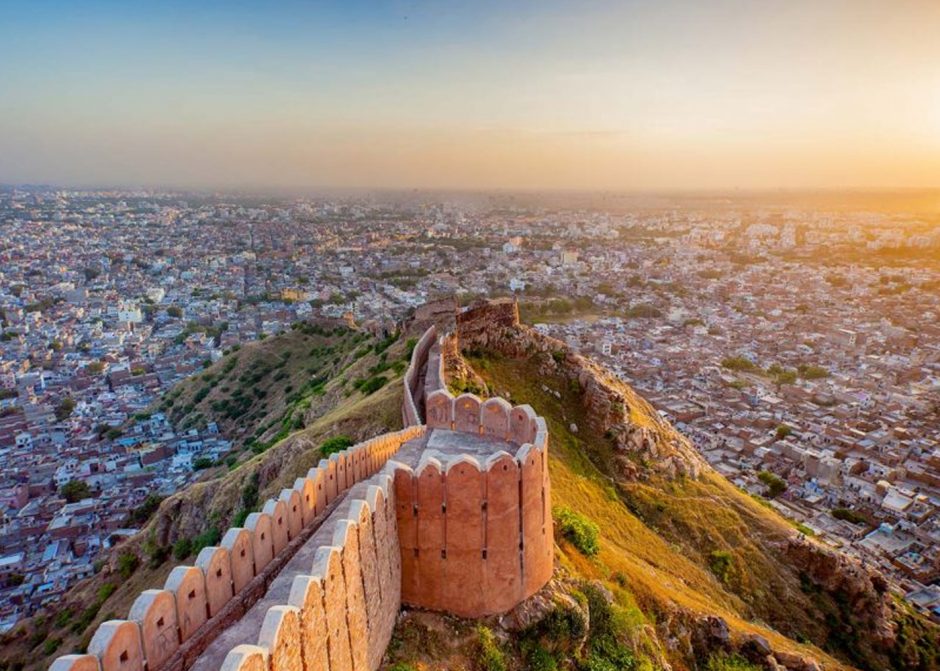
ये है अपना राजपुताना, नाज इसे तलवारों पे, इसने अपना जीवन काटा बरछी तीर कटारों पे, ये प्रताप का वतन पला है आज़ादी के नारों पे, कूद पड़ी थी यहाँ हजारों पद्मिनियाँ अंगारों पे:
THE JOURNEY OF THIS STATE FROM RAJPUTANA TO RAJASTHAN

INTRODUCTION
Rajasthan which is also known as the “Land of Maharajas” is the largest state of India, covering an area of about 342,239 sq. km. It comprises of 33 districts and its largest city is Jaipur, which is also its capital. Rajasthan is located in northwestern India,The glory of the state is retained by its majestic palaces, forts and monuments. The state was formed on 30 March 1949 when Rajputana. The name adopted by the British Raj for its dependencies in the region. Its capital and largest city is Jaipur, Its geographical location is 23.3 to 30.12 North latitude and 69.30 to 78.17 East longitude, with the Tropic of Cancer passing through its southernmost tip. Rajasthan is known for its historical hill forts & palaces, it is claimed as the best place for tourism-related to palaces. Hawa Mahal: It is known as "Palace of Wind" or "Palace of Breeze" because there are more than 953 Windows in the Palace. Rajasthan is also home to three national tiger reserves, the Ranthambore National Park in Sawai Madhopur, Sariska Tiger Reserve in Alwar and the Mukundra Hills Tiger Reserve in Kota. Rajasthan has an atypical rhomboid shape and stretches lengthwise 869 km. from west to east and 826 km. from north to south. It shares its north-western and western boundary with the Indo-Pakistan international border that extends about 1,070 km and touches the major districts Barmer, Bikaner, Ganganagar and Jaisalmer. Rajasthan is the Largest State in terms of area and is Seventh most populous state in India through having a low population density. Jaipur is the Largest and most Populated metropolitan area in Rajasthan. Jodhpur, Kota and Bikaner being in order....
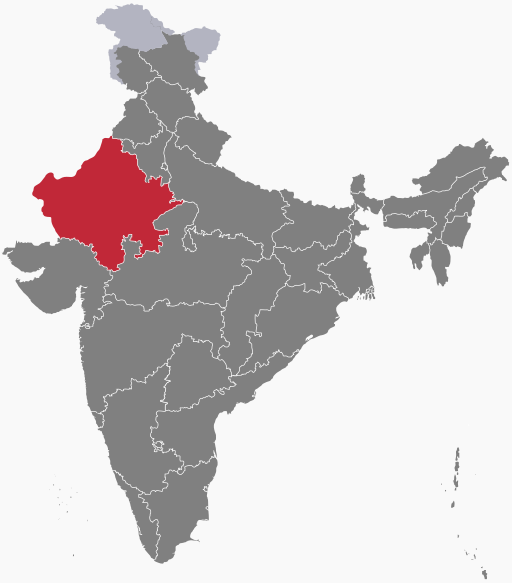
HISTORY OF RAJASTHAN
Rajputana was Rajasthan's old name under the British, “land of the Rajputs”. The Maharaja of Mewar (Udaipur) was the acknowledged head of their 36 states. When India became independent, 23 princely states were consolidated to form the State of Rajasthan, “home of rajas”. The history of human settlement in the west Indian state of Rajasthan dates back to about 5,000 years ago. The early medieval period saw the rise of many Rajput kingdoms like Pratihars, Chauhans of Ajmer, Guhilot and Sisodias of Mewar, Shekhawats of Shekhawati Sikar, Rathores of Marwar..
Jayapala Ruling Rajput Dynasties of India. Janjua Rajput Hindushahi dynasty (964-1026 AD): This dynasty ruled parts of Afghanistan and Punjab. Jayapala was its first Rajput king who succeeded the last Brahmin king Bhimadeva. After Matsya kingdom this area was known as Rajputana around the time when the Kachwaha migrated to the region. The last time where Kachwahas fought for Rajputs was under Rana Sanga of Chittor in the Battle of Khanwa. Sisodia of Chittor, who continue to resist Mughals against heavy odds and gave rise to Maharana Pratap who became a symbol of Rajput valour along with Rana Sanga and Prithviraj Chauhan. After Indian Independence in 1947, the various princely states of Rajasthan were integrated. Statue of Maharana Pratap in City Palace, Udaipur. The British made several treaties with rulers of Rajasthan and also made allies out of local rulers, who were allowed to rule their princely states. The Aravalli (Aravali) Range forms a line across the state running roughly from Guru Peak on Mount Abu (5,650 feet [1,722 metres]), near the town of Abu in the southwest, to the town of Khetri in the northeast. About three-fifths of the state lies northwest of that line, leaving the remaining two-fifths in the southeast. Those are the two natural divisions of Rajasthan. The northwestern tract is generally arid and unproductive, although its character shifts gradually from desert in the far west and northwest to comparatively fertile and habitable land toward the east. The region includes the Thar (Great Indian) Desert.
.jpg)
FAMOUS PLACES TO VISIT IN RAJASTHAN
1. Udaipur: The City Of Lakes
2. Mount Abu: Th Hill Station Of Rajasthan3. Sawai Madhopur: Haven For Animal Lovers
4. Chittorgarh fort:
5. kumbhalgarh Fort:
6. Bhangarh Fort:
7. Amer Fort:
8. Mehrangarh Fort:
9. Jantar Mantar - Jaipur
10. Junagarh Fort:
11. Jaigarh Fort: A Beautiful Sight For Eyes:
12. Mandawa: Visit The Havelis:
13. Hawa Mahal - Palace of Wind:
14. Jodhpur: Taste Royalty:
15. mewar Fort
16. City Palace of Udaipur:
17. Panna Meena ka Kund:
18. Jain Temple-Ranakpur, Udaipur.
BELONGINGS OF RAJASTHAN
"The people of Rajasthan belong to different castes and tribes. In the area around Jaipur, Alwar, Bharatpur and Dholpur in the southwest of the state, locals belong to the Minas, Meos and Banjaras, GadiaLohars, communities and were mostly traveling tradesmen and artisans."
🥘🥃🧇
🥘🥃🧇
I hail from Rajasthan, Rajasthan is known for its historical hill forts & palaces, it is claimed as the best place for tourism-related to palaces. Delicious like Laal Maas, Pyaz ki Kachori, Mirchi Vada, Gatte ki Sabzi, Kadhi, Ker Sangri, Kalmi Vada.
.jpg)
GEOGRAPHY OF RAJASTHAN
Rajasthan has varying topographic features though a major part of the state is dominated by parched and dry region. The extensive topography includes rocky terrain, rolling sand dunes, wetlands, barren tracts or land filled with thorny scrubs, river-drained plains, plateaus, ravines and wooded regions..
It covers 342,239 square kilometres (132,139 sq mi) or 10.4 percent of India's total geographical area. It is the largest Indian state by area and the seventh largest by population.
.jpg)
ART, CULTURE AND SOCIETY OF KANPUR
Demographics:
As for religion, Rajasthan's residents are mainly Hindus, who account for 88.49% of the population. Muslims make up 9.07%, Sikhs 1.27% and Jains 0.91% of the population.
Food:
Dal Bati Churma. Dal Bati Churma is the traditional food of Rajasthan that is popular all over the world for its rich ingredients and scrumptious taste. ...Languages and Religions:
People here speak Hindi which is the official language of the state but the primary languages are Rajasthani and Marwari. All major religions such as Hinduism, Islam, Jainism, Sikhism and Christianity are followed here, Hinduism being the prominent one.Local Festivals, Music and Art:
The most popular festival of Rajasthan is Teej. The festival brings numerous celebrations in the form of traditional songs and dance, delicious food, and worshipping Goddess Teej.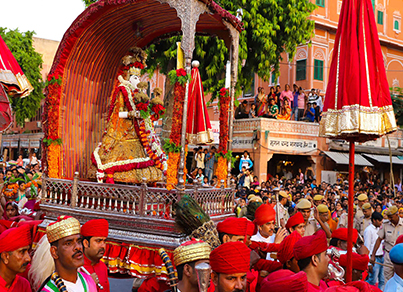
RULERS OF MEWAR:
Rana Pratap Singh, (born 1545?, Mewar [India]—died January 19, 1597, Mewar), Hindu maharaja (1572–97) of the Rajput confederacy of Mewar, now in northwestern India and eastern Pakistan. He successfully resisted efforts of the Mughal emperor Akbar to conquer his area and is honoured as a hero in Rajasthan.
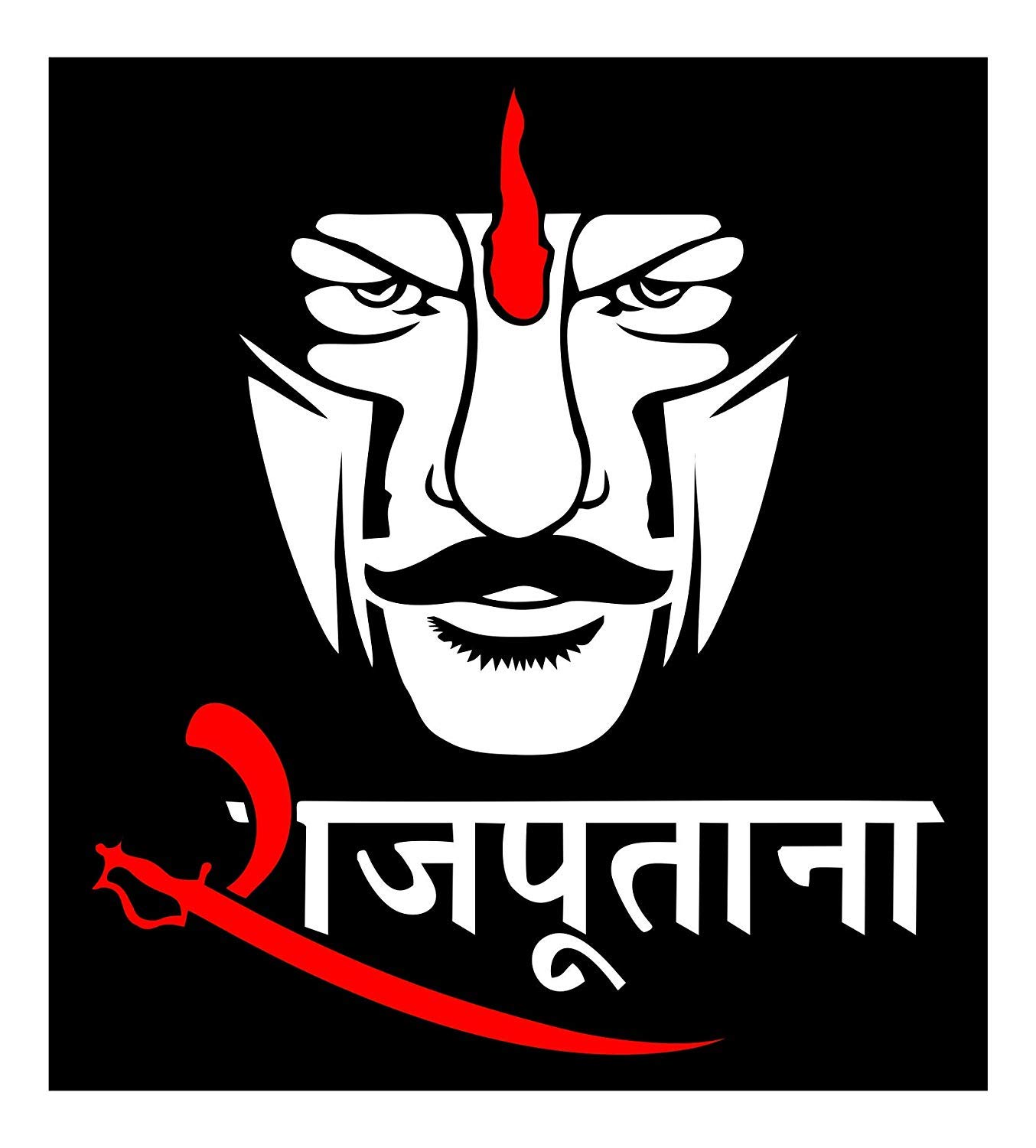
Maharana Mokal:
Ruling Period: 1421-1433 Maharana Mokal was a great builder and he inherited this trait from his father, Maharana Lakha. He created various buildings along with completing those commenced by his father. The duty to transform their motherland thus flowed down the veins of the Sisodiyas....
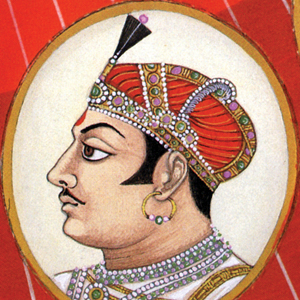
Maharana Kumbha:
Ruling Period: 1433-1468 Standing in front of the fort of Kumbhalgarh, one cannot resist the awe this glorious fort manifests in it. Sometimes it is difficult to imagine how structures like such were conceived, perceived or built. At a height of 1,100 metres above sea level, this magnanimous structure is a saga of glory, gallant and grandeur. Built by Maharana Kumbha, this fort of Kumbhalgarh remained uncaptured till the end; and is a literal depiction of the Rana himself....
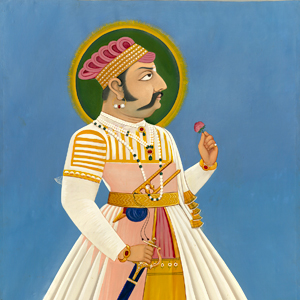
Maharana Udai Singh:
Ruling Period: 1468-1473 The Rajputana land is infused with the courage and bravery of its warrior sons; their blood smeared desert soil is a symbol of Rajputana glory. Mewar produced abundant proud legends; sagas of valour, chivalry and freedom. But every coin has another side and every era dooms in its own darkness. The land of Mewar too had a black sheep of its own....
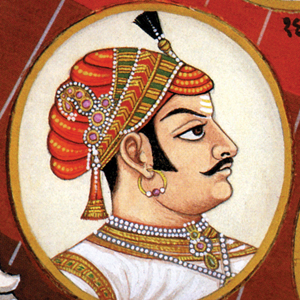
Maharana Sangram Singh I:
Ruling Period: 1509-1527 The desert land of Mewar has produced abundant warriors and their heroic legends. The fables of bravery are infused in this desert soil, every time a son of Mewar is born with his own tale to tell. And amongst the numerous was the mighty Maharana Sangram Singh or as the Rajputs gloriously call him Rana Sanga; the king whose demise marked the beginning of Mughal rule and changed the course of Indian history forever....
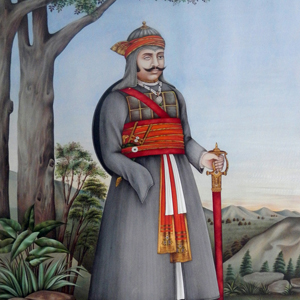
Maharana Udai Singh II:
Ruling Period: 1537-1572 The history behind a mesmerising city is seldom as beautiful as the city itself. Who hasn’t marvelled at the beauty of the city of lakes and not felt romantic? When Maharana Udai Singh II founded the city of Udaipur, one can wonder what splendour he must have felt on discovering this truly gifted part of the planet. He was a true connoisseur of beauty, it seems....
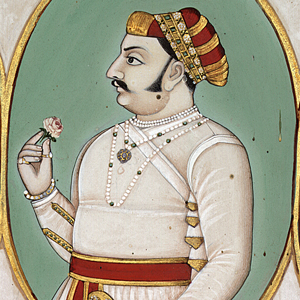
Maharana Pratap Singh:
Ruling Period: 1572-1597 Maharana Pratap was the son of Maharana Udai Singh of the Sisodiya clan of Rajputs, the rulers of Mewar. Pratap became the ruler of Mewar against his father’s wish, who had appointed his favourite son Jagmal as his successor. However, the senior nobles of Mewar decided that Pratap, the first son and rightful successor should be crowned king.
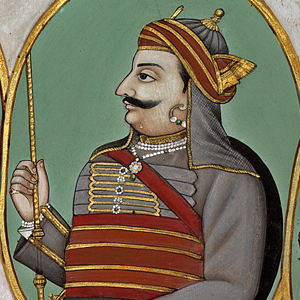
Rana Amar Singh I:
Ruling Period: 1597-1620 Maharana Amar Singh I was the eldest son and successor of Maharana Pratap. He was the 13th Ruler of Mewar dynasty of Sisodiya Rajputs. Maharana Pratap, on his death bed, made his successor swear to him in front of his chiefs to maintain their fight against the Mughals and to re-conquer Chittor. From his childhood to the days of Pratap’s death....
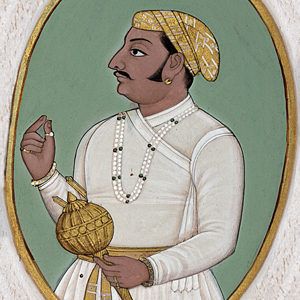
Rana Karan Singh:
Ruling Period: 1620-1628 Karan Singh was the successor to Rana Amar Singh, and was crowned king of Mewar in 1620. Karan had often proved his courage and bravery in battles commanded by his father; soon he was to show ability in repairing the damage of former adversities. As a part of the treaty between Rana Amar Singh and Jahangir in 1615, Karan Singh....
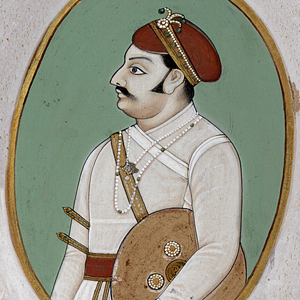
Maharana Jagat Singh I
Ruling Period: 1628-1654 Maharana Jagat Singh was the 57th ruler of Mewar and succeeded Maharana Karan Singh II. He ruled for twenty-four years from Udaipur and tranquillity and prosperity continued in the kingdom during the period of Rana Jagat’s reign. He is known to be the greatest builder of the Mewar dynasty.....
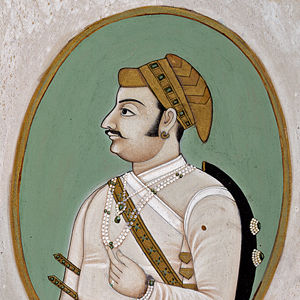
Maharana Raj Singh I:
Ruling Period: 1653-1680 The ancient lineage of Rajputana history has profusely produced great warriors who have been praised in the ballads and folklores since long. There are various sagas of courage, glory and independence infused within the Rajputana spirit, but amidst these battles of freedom and respect are some famous legends attached with the Mewar soil....
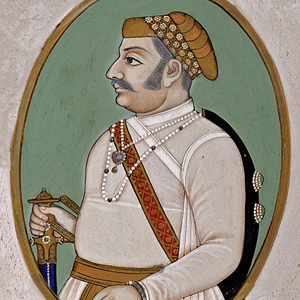
Maharana Jai Singh:
Ruling Period: 1681-1698 The medieval Indian history is smeared with the Mughal and Rajputana bloodshed. The mighty warrior clan of Sisodiyas from Mewar produced its ferocious sons who died fighting the Mughals for the honour of their lineage and independence of their kingdom....
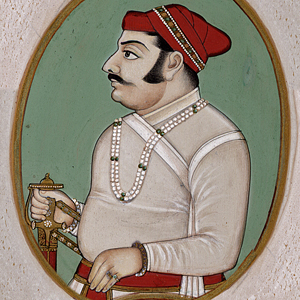
Maharana Jagat Singh II:
Ruling Period: 1734-1751 With the rising sun along the Lake Pichola in Udaipur, the mesmerising Lake Palace, formerly known as Jag Niwas, designed under Maharana Jagat Singh II is strategically placed to face and worship the rising Sun; the Sun god from which the Sisodiya clan is said to have descended. With one of the most beautiful summer palaces under his time in power....
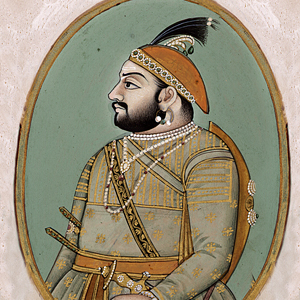
Maharana Pratap Singh II:
Ruling Period: 1752-1755 With an illustrious name in the history of Rajputana and a dynasty of warriors to boast of, Rana Pratap Singh II was nowhere near his distinguished predecessor Maharana Pratap. Maharana Pratap Singh II was the eldest son of Maharana Jagat Singh II and ascended the throne at an age of twenty seven after his father’s death. He is said to have very restrained relationships with his father....
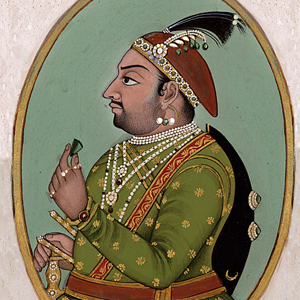
Maharana Raj Singh II:
Ruling Period: 1755-1762 With the decline of the Mughal Empire at the centre, the history of Indian sub-continent was at a crucial juncture, on the verge of marking a new beginning. The Marathas were the new emerging power with recurrent marauding attacks on their Rajputana neighbours and the Rajputs, disunited, continued fighting amongst each other....
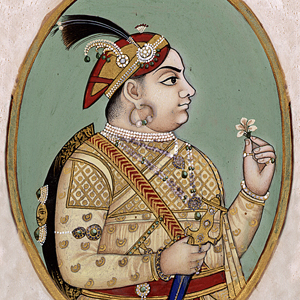
Maharana Bhim Singh:
Ruling Period: 1778-1828 Maharana Bhim Singh was the sixty seventh ruler of the Mewar Dynasty. After 40 years, he was the 4th minor that was crowned king at the age of 10! As a result, he remained under his mother’s Rajmata Sardar Kunwar Jhali’s scrutiny, sadly though this trend continued even after his minority was long gone. In his reign of 50 years, Mewar saw some really hard times.....
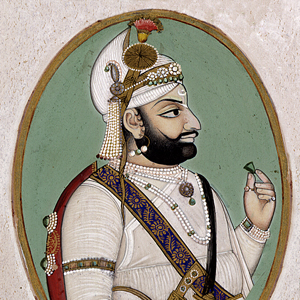
Maharana Jawan Singh:
Ruling Period: 1828-1838 With the likes of legendary Maharana Pratap and his son Maharana Amar Singh, or celebrated Maharana Sanga and Maharana Kumbha; the Sisodiya clan of Mewar who trace their lineage to the Sun God, produced abundant folklores of heroism, chivalry and patriotism. The multitude of magnanimous warriors....
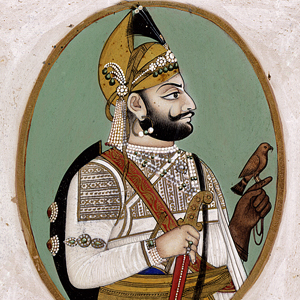
Maharana Sardar Singh:
Ruling Period: 1838-1842 After the death of Maharana Jawan Singh, Sardar Singh was adopted from Bagore family on 4th September 1838 CE. An agreement was signed between the Maharana and his nobles under the guidance of British Agent Major Robinson. In 1839, the Bhils and other tribal groups revolted against the Maharana, To control this revolt, Mewar Bhil Corps was established in 1841 CE and Kherwada was established as headquarter for this Force....
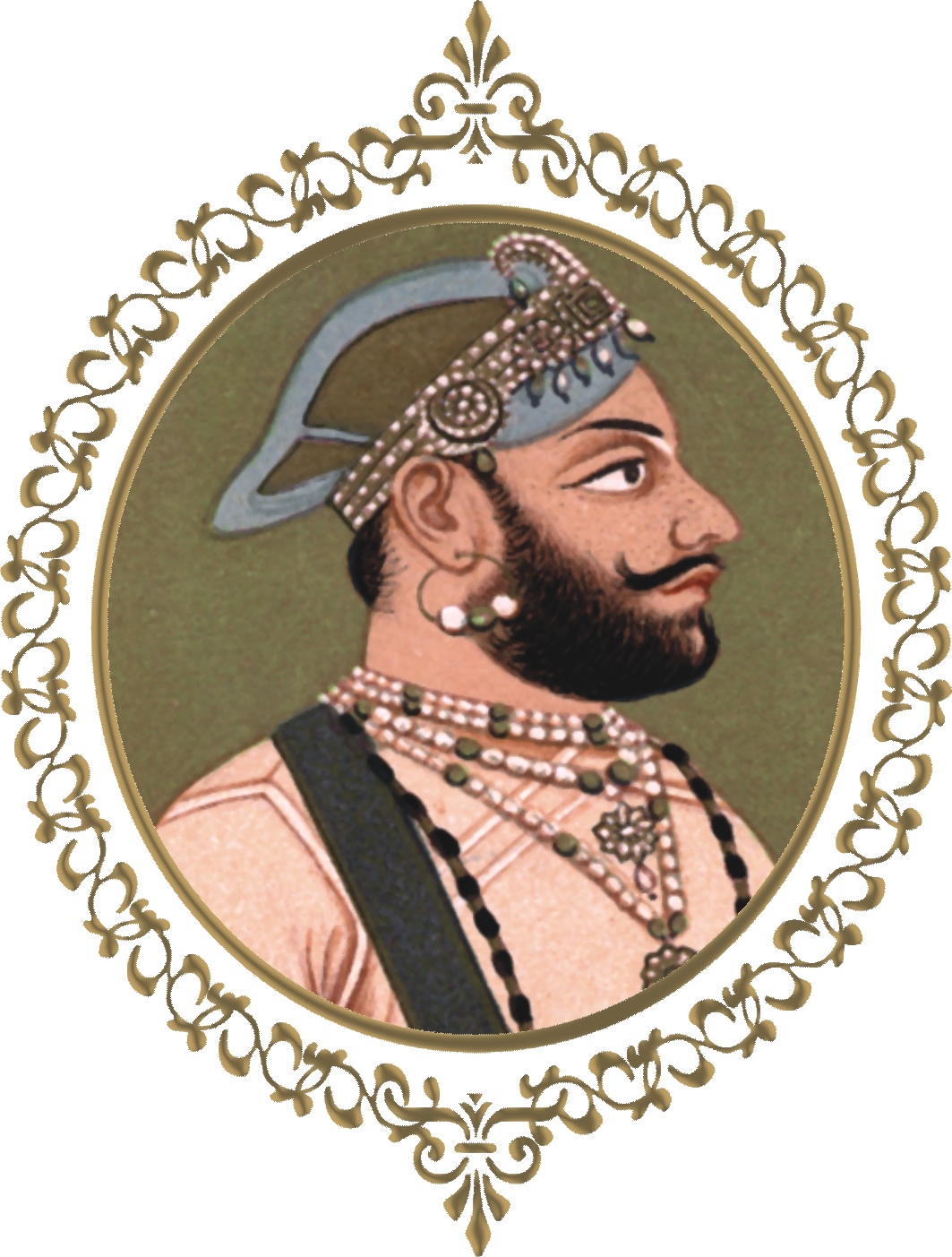
Maharana Swaroop Singh:
Ruling Period: 1842-1861 The sand of the royal hourglass in Mewar was changing and the era of reformation had approached the royal courtyards. The British had set their foot in India and Mewar, like the mainland was experiencing a new wave of reform. The battles of Haldighati and the jauhar of Padmini were a story of the past and resurgence of Mewar was invigorated....
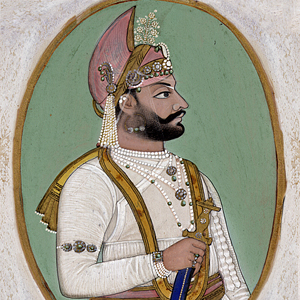
Maharana Shambhu Singh:
Ruling Period: 1861-1874 The rich and diverse land of India had faced numerous invasions and marauding before the British set their foot as merchants and slowly took over the dominance of the Indian main land. With the great Indian rebellion of 1857, the governance of India was transferred to the Queen and a new era had begun with Maharana Shambhu Singh ascending the throne of Mewar....
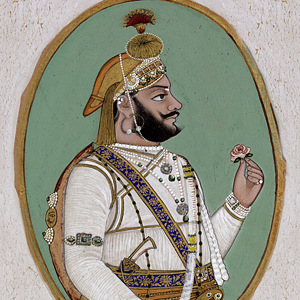
Maharana Sajjan Singh:
Ruling Period: 1874-1884 While warrior kings of Mewar were busy creating legends for the bards and poets to recite through ages, a Suryavanshi king was busy doing both. A revolution was about to begin, and a hero was being created....
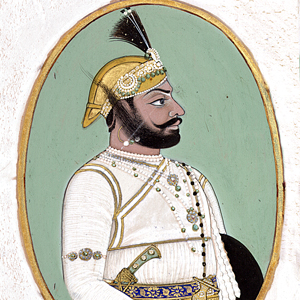
Maharana Bhagwat Singh:
Ruling Period: 1955-1984 The Maharana was a title which came to be known as the Hindupats or the head of Hindu nation. Ever since the precinct of Rajputana history, the Maharanas of Mewar symbolised their pride with the rulers who fought for their people and died for the respect of their clan. But India was changing. In 1970 when the title hood was abolishing, Maharana Bhagwat Singh was on the throne.....
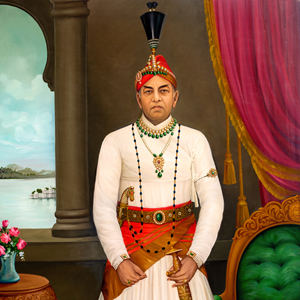
Rajasthan tour available - for site visit contact recommended taxi service: please contact: sherrajawat3@gmail.com
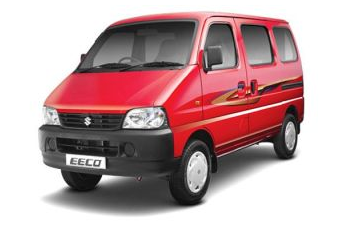
If you have any query regrading Site, Advertisement and any other issue, please feel free to contact at "sherrajawat3@gmail.com"
